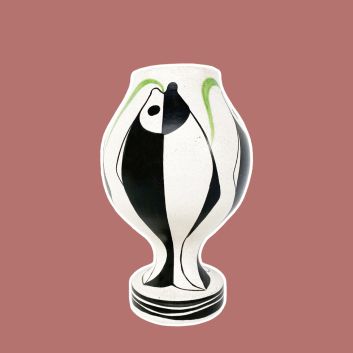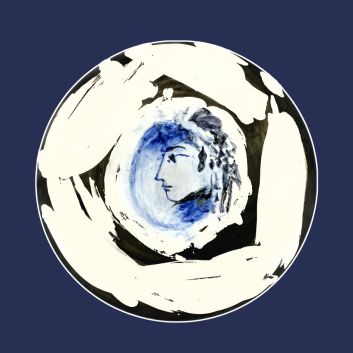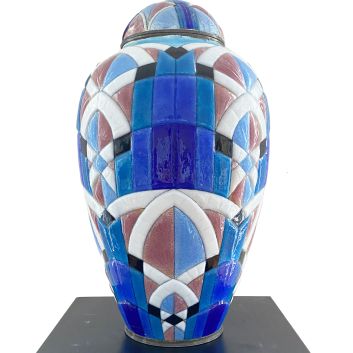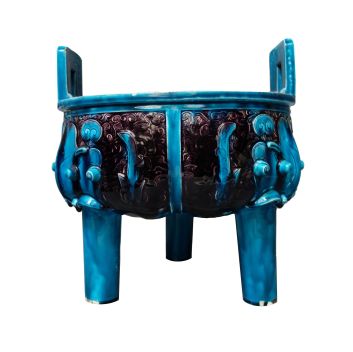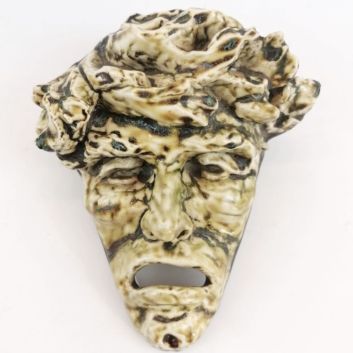Rating and value of Picasso and Madoura pitchers
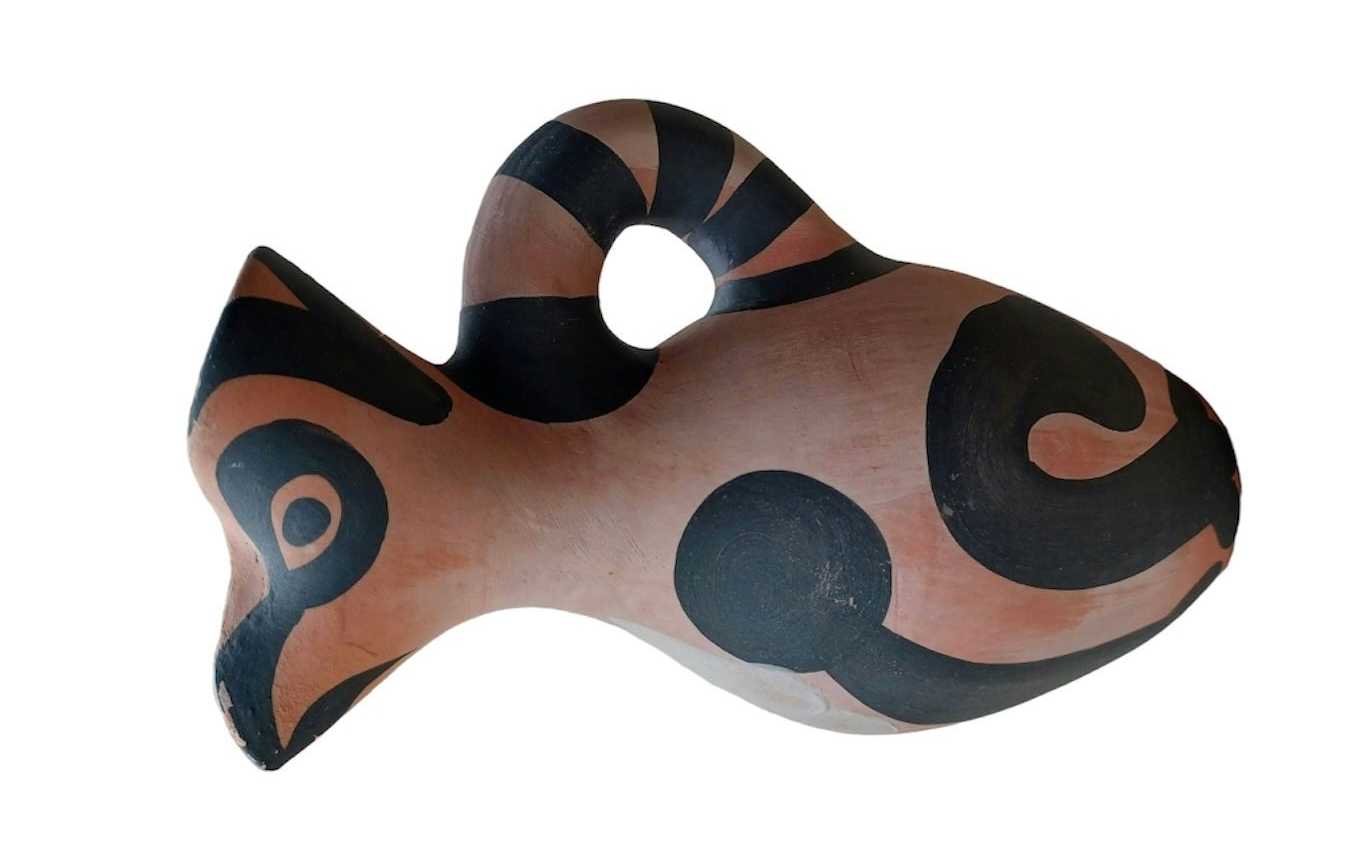
If you own a work of art by Pablo Picasso in collaboration with the Madoura studio or after, and would like to know its value, our state-approved experts and auctioneers will offer you their appraisal services. Our specialists will carry out a free appraisal of your work, and provide you with a precise estimate of its current market value. Then, if you wish to sell your work, we will guide you towards the best possible arrangement to obtain the optimum price.
Rating and value of Picasso Madoura pitchers
The works born of the collaboration between Pablo Picasso and Suzanne Ramié were produced in the Madoura studio from 1938 onwards. Most of these works are in ceramic, but there are also a number in terracotta and earthenware. Together, the two artists produced everyday objects: vases, dishes, jugs and plates, as well as a few sculptures, even though there are relatively few of these on the art market, always in the Provencal tradition. These works sold for between €1,150 and €524,049. A ball-shaped pitcher in white earthenware called "Taureau" sold for €108,000 in 2021, against an estimate of €100,000-150,000.
Order of value from a simple work to the most prestigious
Type of work | Results |
|---|---|
Glazed ceramic pitcher | From €500 to €24,700 |
Terracotta jug | From €1,070 to €59,700 |
Earthenware pitcher | From €1,150 to €212,000 |
Response in less than 24h
Style and technique of Picasso Madoura's works
At the Madoura workshop, Picasso and Suzanne Ramié explored anthropomorphic and zoomorphic forms with fascination. They fashioned a myriad of creatures, from hieratic owls and majestic birds to owls, fish and white doves. Madoura jugs come in a wide variety of shapes and materials: earthenware, glazed ceramics and terracotta. The result can vary from one work to the next, depending on the animal chosen and the colors used.
The Madoura studio and collaboration with Picasso
Madoura is a pottery workshop created in 1938 by Suzanne and Georges Ramié, in Vallauris, a town nestled in the hills between Antibes and Cannes. During a summer vacation in 1946, in the company of Françoise Gilot, painter and writer, Suzanne Ramié gave Pablo Picasso his first tour of Madoura's admirable pottery workshop. He was amazed. The Ramié couple diligently encouraged him to model Madoura clay, serving the illustrious artist on a silver platter a new way to exercise his dazzling creativity.
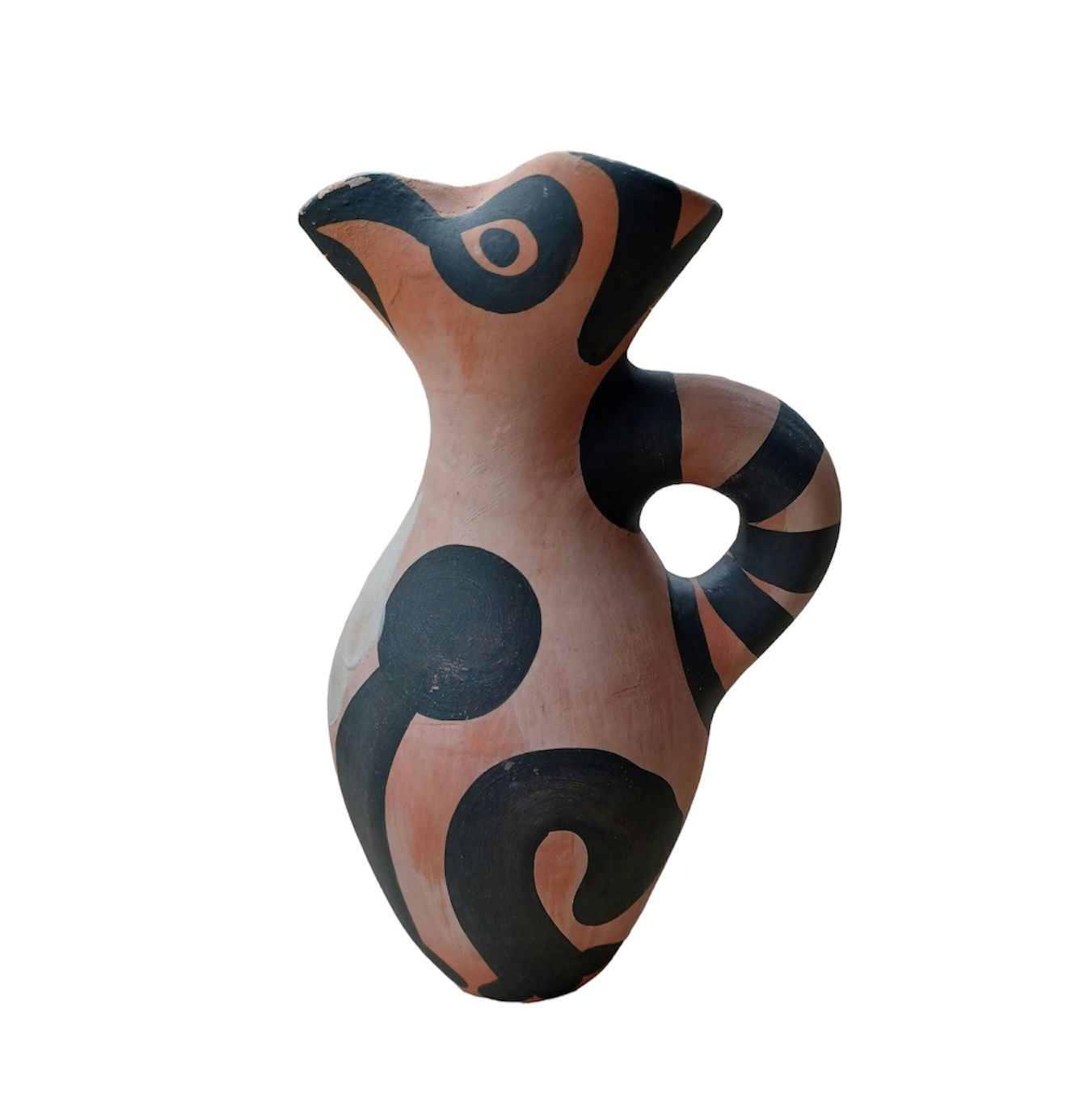
The impact of Picasso x Madoura on their time
Picasso created more than 3,600 ceramic pieces at the Madoura workshop, the fruit of a meeting between Suzanne Ramié and Picasso. Picasso's ceramics reveal reckless exploration and creative spontaneity. He relentlessly investigates the use of ceramics, both the secrets of its technique and its aesthetics. Picasso succeeded in bringing to life new artistic formalisms that he had already been trying to approach since his Cubist period, by combining sculpture, painting and printing techniques.ceramic objects, by virtue of their third dimension, provide a new playground for the artist, attributing semantic and conceptual significance through his remarkable use of surface and volume. In this way, he conveys in three dimensions what he had hoped to communicate through his painted canvases, in this case without perspective, laws or academic rules. What's more, these ceramics require a great deal of skill to be able to paint them without knowing the final rendering, which appears once the firing is complete. Picasso offered his art to a new public who could own a work by the artist thanks to more accessible prices.
The pitchers resulting from this collaboration are particularly prized and sought-after works for their originality, their decorative aspect and also their utilitarian aspect.
The presence of the Madoura workshop on the auction market
These ceramics became part of the home, and were quickly snapped up by collectors. Between 1950 and 1960, many distinguished artists such as Marc Chagall, Victor Brauner, Foujita and Matisse passed through La Poterie Madoura. The studio enjoyed such renown that in 1953, Suzanne Ramié was awarded the Chevalier de la Légion d'Honneur.
Recognizing the Picasso Madoura signature
It is important to have your work appraised, as there are unfortunately many counterfeits. The stamp ("édition Picasso Madoura") and the serial number indicate the authenticity of the work.

Know the value of a Picasso x Madoura pitcher
If you happen to own a "Picasso x Madoura" work of art, don't hesitate to request a free appraisal using the form on our website. A member of our team will contact you promptly to provide you with an estimate of the value of your work, as well as any relevant information about it. If you're thinking of selling your work, our specialists will also be on hand to help you find alternatives for selling it at the best possible price.
Response in less than 24h
Related topics
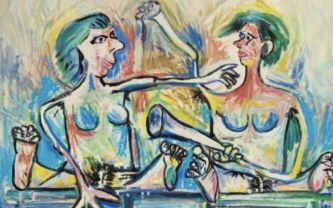
Rating and value of works, sculptures, paintings by Louis C...
Louis Cane is a 20th-century artist of narrative figuration, whose paintings and sculptures are quoted on the auction market.
Read more >
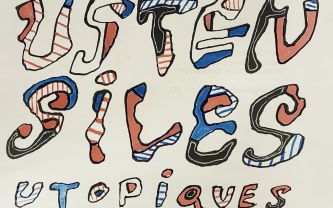
Rating and value of paintings by Jean Dubu...
Jean Dubuffet is a twentieth-century painter of Art Brut, whose drawings and oil paintings are highly regarded and quoted at auction.
Read more >

Rating and value of works, lithographs, paintings by Keit...
Keith Haring is an American artist who has produced works that are highly rated and valued at auction. 100% free estimate.
Read more >
Secure site, anonymity preserved
State-approved auctioneer and expert
Free, certified estimates
